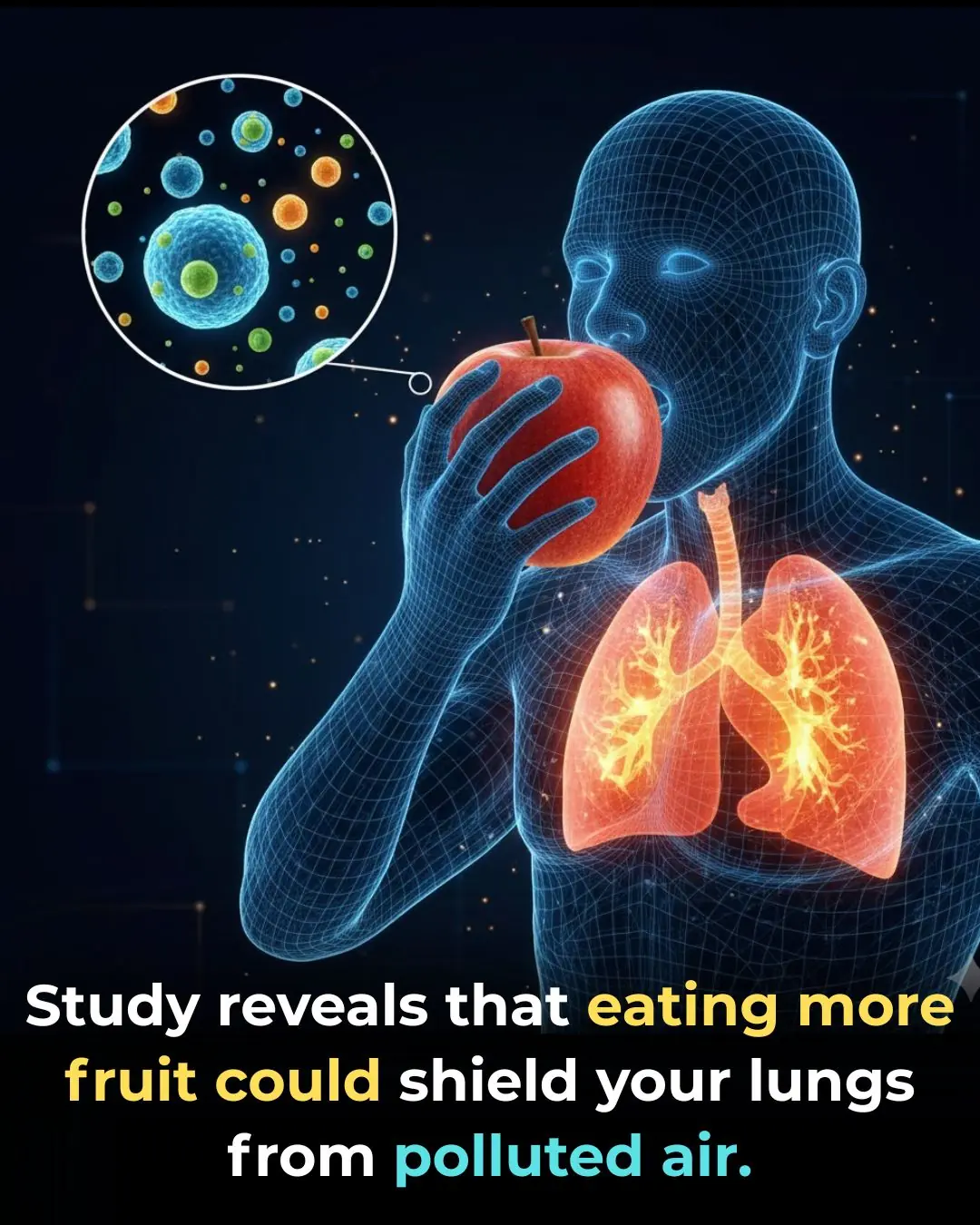
Your pancreas could be ‘silently inflamed’ right now and you’d never know until it’s too late

What if I told you that common digestive issues like abdominal pain, bloating, fatigue, nausea, and even vomiting might not be caused by gastritis or by something you ate? These symptoms could actually be early warning signs that your pancreas is inflamed—long before most people, and even some doctors, recognize the danger. The frightening truth is that pancreatitis often disguises itself as ordinary digestive discomfort, leading to misdiagnosis and mistreatment. While you’re taking antacids, pain relievers, or digestive aids, the underlying problem may silently worsen.
The bad news? An inflamed pancreas is not something to take lightly. Left unaddressed, it can threaten your long-term health and even your life.
The good news? You can prevent, reduce, and in many cases naturally reverse pancreatic inflammation with the right guidance.
In this expanded article, you’ll learn how to recognize subtle early warning signs, identify the top dietary offenders harming your pancreas, and use food as medicine to restore balance to your digestive system. Understanding your pancreas could truly change — and possibly save — your life.
Key Takeaways
-
Hidden Danger: Pancreatitis often presents with vague symptoms like stomach pain, bloating, and nausea—commonly misdiagnosed as gastritis or indigestion.
-
Irreversible Damage: While acute inflammation may heal, chronic episodes scar the pancreas, leading to lifelong digestive issues, diabetes, and a higher risk of pancreatic cancer.
-
Major Causes: Excessive alcohol, gallstones, and inflammatory eating habits are the most common triggers.
-
The Top 5 Worst Foods: Greasy/fried foods, refined sugar, ultra-processed items, excessive red meat, and processed meats.
-
Natural Healing Is Possible: Eliminating harmful foods and adopting a nutrient-dense, anti-inflammatory diet can dramatically support pancreatic repair.
1. What Your Pancreas Actually Does — and Why It Matters More Than You Think
Before diving into the warning signs, it’s essential to understand what your pancreas does. Hidden behind your stomach, this small organ plays two powerful roles:
1. Digestive Powerhouse
It releases enzyme-rich digestive juices into your intestine to break down fats, proteins, and carbohydrates. Without these enzymes, even healthy food remains poorly digested, causing gas, bloating, and nutritional deficiencies.
2. Hormone Factory
As an endocrine gland, your pancreas produces hormones—most importantly insulin—to regulate your blood sugar.
When this function declines, the consequences are serious: unstable glucose, prediabetes, or full diabetes.
Because of its deep location, pancreatic issues are easy to overlook. Even abdominal ultrasounds sometimes fail to show the pancreas clearly due to gas interference. This invisibility is one reason pancreatic issues often go unnoticed until advanced stages.
2. The Alarming Signs of Pancreatic Inflammation You May Be Ignoring
Pancreatitis often begins quietly. Many people blame their symptoms on overeating, dehydration, or a stomach bug. But your body may be signaling something more serious.
Common Early Signs Include:
-
Deep, pressure-like pain around the navel or upper abdomen
-
Pain radiating like a tight “belt” around the abdomen
-
Pain traveling straight through to the back or shoulder blades
-
Tender or swollen abdomen
-
Fatigue and low energy
-
Nausea or persistent vomiting
-
Symptoms worsening after heavy, greasy, or fried meals
One distinct feature of pancreatic pain is that it often improves when you lean forward or curl into a fetal position—a sign many people do not connect to pancreatic inflammation.
In more advanced cases, you may notice pale, white, or foul-smelling stools, a sign that your body is not digesting fats properly. This is a serious red flag indicating poor enzyme production.
3. How Pancreatitis Progresses — From Mild Episodes to Irreversible Damage
Let me share the story of a 63-year-old patient of mine who frequently visited the emergency room with intense abdominal pain. Each time he was given fluids and pain medication, felt better briefly, and was sent home without further tests.
Years later, we discovered that repeated episodes of undiagnosed pancreatitis had caused permanent scarring. His pancreas could no longer produce insulin or digestive enzymes. He was left with diabetes, chronic pain, and lifelong digestive issues.
What’s Really Happening Inside the Pancreas?
-
A single mild episode may heal within 2–3 days.
-
Repeated inflammation gradually forms scar tissue.
-
Scar tissue cannot regenerate, leading to chronic pancreatitis.
-
This condition often results in lifelong dependence on enzymes and insulin.
-
Severe cases can lead to organ failure and are fatal in up to 50% of cases.
This progression mirrors how chronic liver inflammation leads to cirrhosis. The longer it goes untreated, the harder it is to reverse.
4. The 5 Most Dangerous Foods for Your Pancreas
Many common foods steadily overwork or inflame the pancreas. Reducing or eliminating these can dramatically lower your risk.
1. Greasy and Fried Foods
Fried foods and overheated oils force your pancreas to produce excessive enzymes, triggering inflammation. This includes fast food, fried snacks, battered meats, and foods cooked in reused oil.
2. Refined Sugar
Sugary drinks, pastries, candy, fruit juices, and energy drinks cause blood sugar spikes and systemic inflammation. The pancreas must work overtime to produce insulin—eventually wearing itself out.
3. Ultra-Processed Foods
Packaged meals, snack bars, flavored chips, and artificially sweetened products contain harmful additives and trans fats, creating an inflammatory environment in the body.
4. Excessive Red Meat
More than 300 grams (10.5 ounces) per week increases the risk of pancreatitis, colon cancer, and pancreatic cancer. Heavy proteins require more digestive enzymes, straining the pancreas.
5. Processed Meats
Sausages, deli meats, salami, hot dogs, and bacon are high in sodium, preservatives, and saturated fats—potent pancreatic irritants.
5. Hidden Non-Food Culprits You Might Not Expect
Your diet is crucial, but other habits can be equally damaging.
Alcohol
Even small amounts can trigger an episode in sensitive individuals. Chronic drinking is one of the leading causes of pancreatitis worldwide.
Gallstones
A gallstone blocking the pancreatic duct can cause enzymes to build up and begin digesting the pancreas itself. This is a medical emergency.
High Triglycerides
Extremely elevated triglyceride levels can spark acute pancreatitis.
Smoking
Smoking is an independent risk factor for pancreatic inflammation and pancreatic cancer.
6. A 4-Week Natural Healing Plan for Your Pancreas
Try these steps consistently for four weeks. People often report better digestion, improved glucose levels, higher energy, clearer skin, and reduced inflammation throughout the body.
Step 1: Remove the Harmful Triggers
Eliminate alcohol, cigarettes, fried foods, processed meats, and artificial junk foods. Your pancreas cannot heal if the damage continues daily.
Step 2: Nourish Your Body With Healing Foods
Focus on:
-
High-fiber vegetables (with peels when possible)
-
Whole grains like brown rice, quinoa, and oats
-
Legumes such as beans, lentils, and chickpeas
-
Antioxidant-rich fruits like berries, pomegranate, citrus fruits
-
Natural anti-inflammatory ingredients:
-
Ginger
-
Turmeric + black pepper
-
Cloves (extremely rich in antioxidants)
-
Oregano, cinnamon, and rosemary
-
Drink green juices made from celery, spinach, carrots, and ginger to support digestive and anti-inflammatory processes.
Step 3: Choose Gentle Proteins and Healing Fats
Opt for:
-
Lean poultry
-
Fish (especially salmon, sardines, mackerel)
-
Eggs
-
Legumes and tofu
Use healthy fats such as:
-
Extra-virgin olive oil
-
Avocado oil
-
High-oleic sunflower oil
-
Avocado and nuts
Always add these oils after cooking to preserve their beneficial properties.
Step 4: Hydrate and Practice Mindful Eating
-
Drink plenty of water throughout the day.
-
Eat slowly and chew thoroughly.
-
Choose smaller, more frequent meals to reduce the digestive workload.
Even these simple steps can dramatically reduce pancreas stress.
Conclusion
By adopting these strategies, you can protect your pancreas, reduce inflammation, and in many cases support natural healing. Improving your pancreatic health often leads to broader benefits: better weight control, more stable energy, balanced sugar levels, improved digestion, and a greater overall sense of well-being.
Your kitchen is a natural pharmacy, and small daily choices can transform your long-term health. Protecting your pancreas today is one of the most powerful investments you can make for your future.
News in the same category

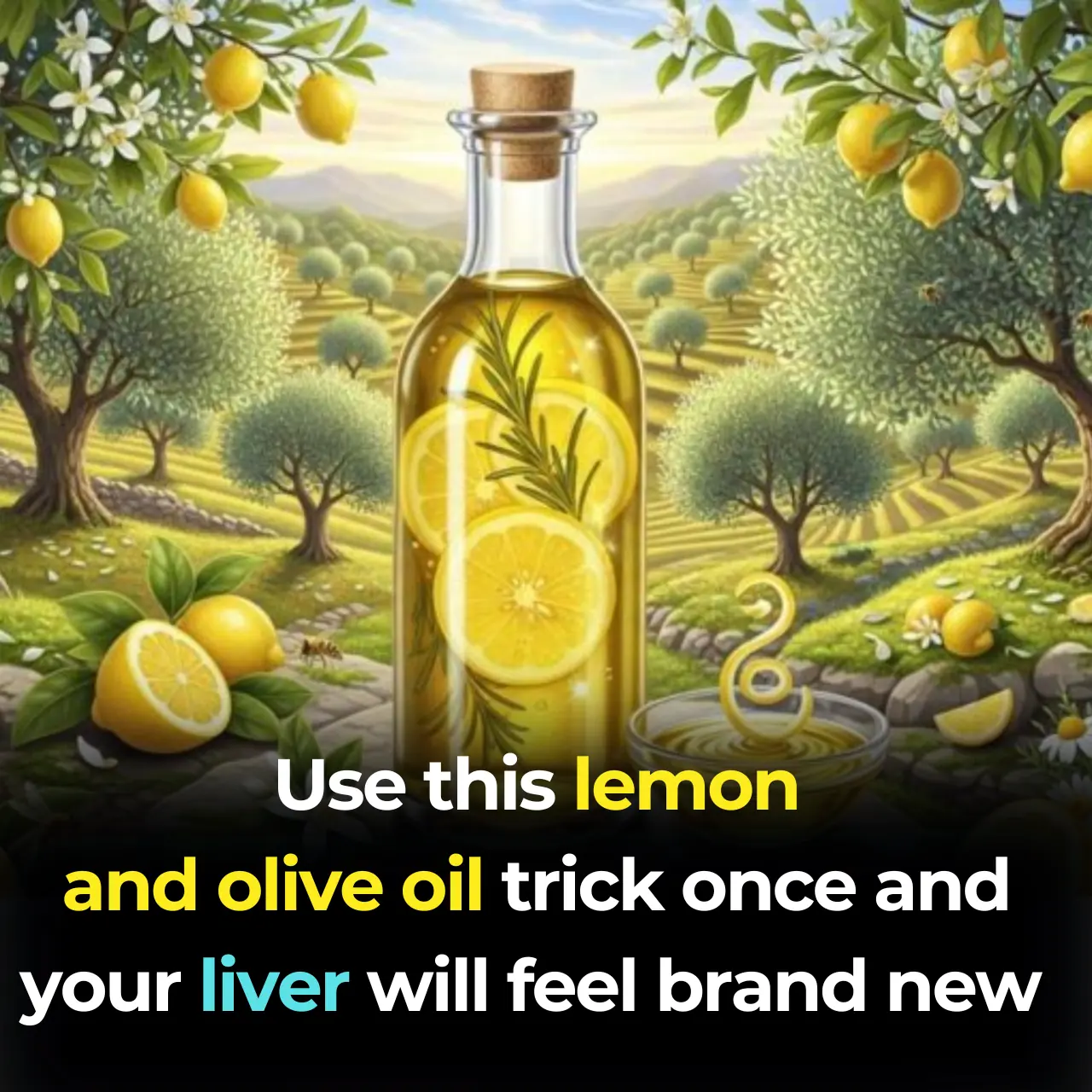
A Powerful Mixture for Cleansing Your Liver (2 Ingredients)

Studies Link Soda To Depression, Kidney Damage, Heart Attacks And Brain Damage
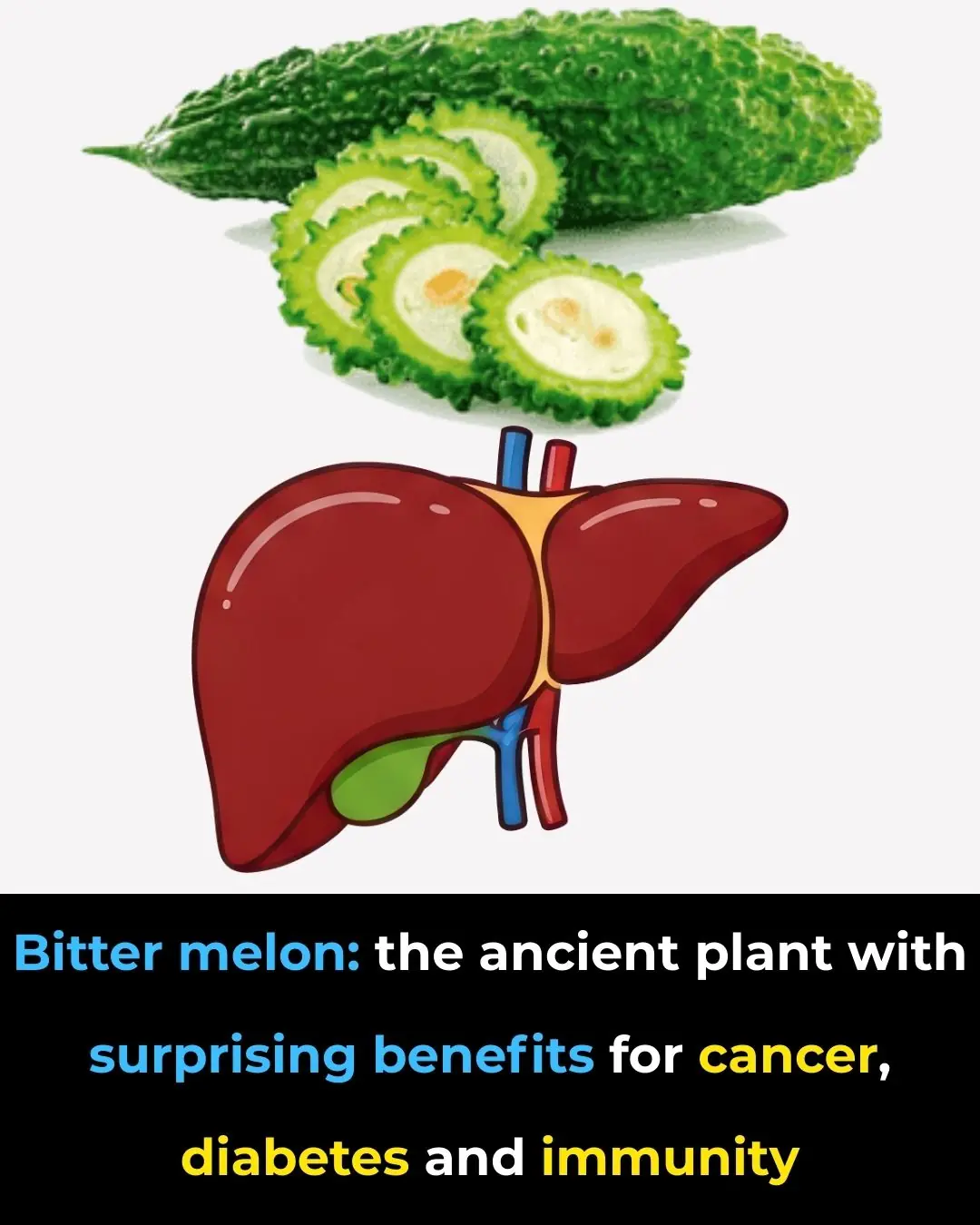
The Plant That Kills Cancer Cells, Stops Diabetes And Boosts Your Immune System!

7 powerful vitamins you need for strong, healthy legs

10 signs you’re eating too much sugar
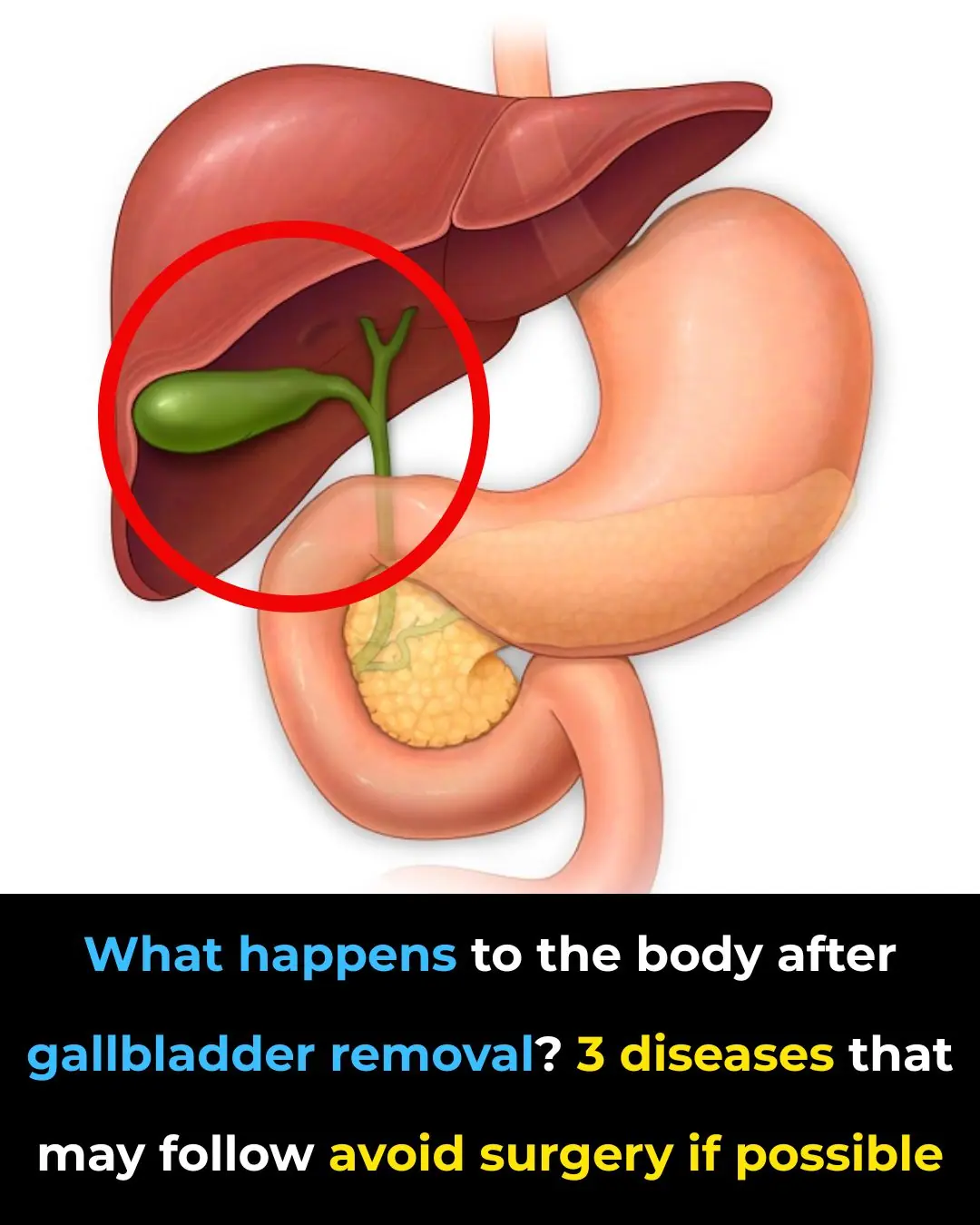
Gallbladder removal: what happens next and 3 risks to watch for
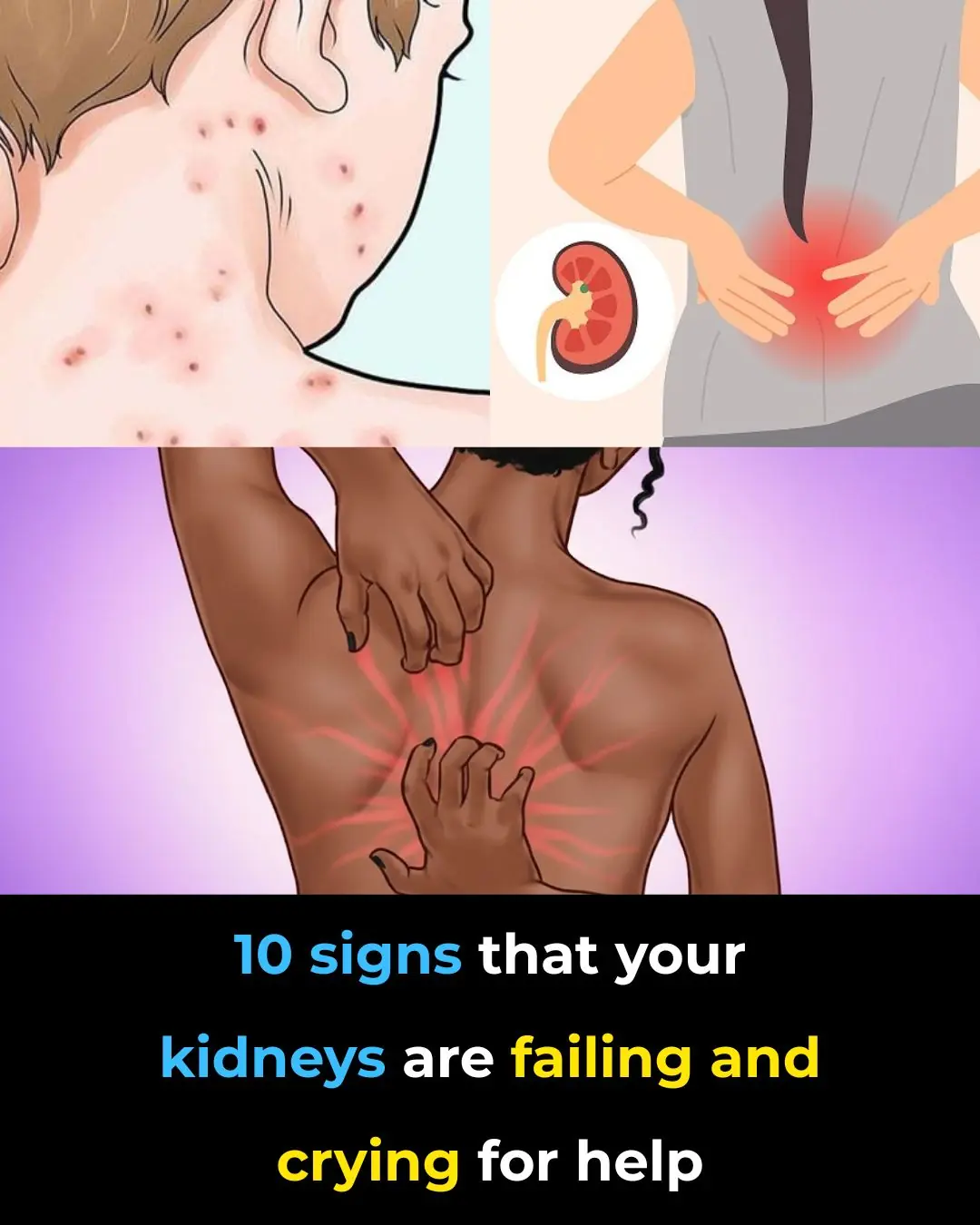
10 Warning Signs Your Kidneys May Be in Danger
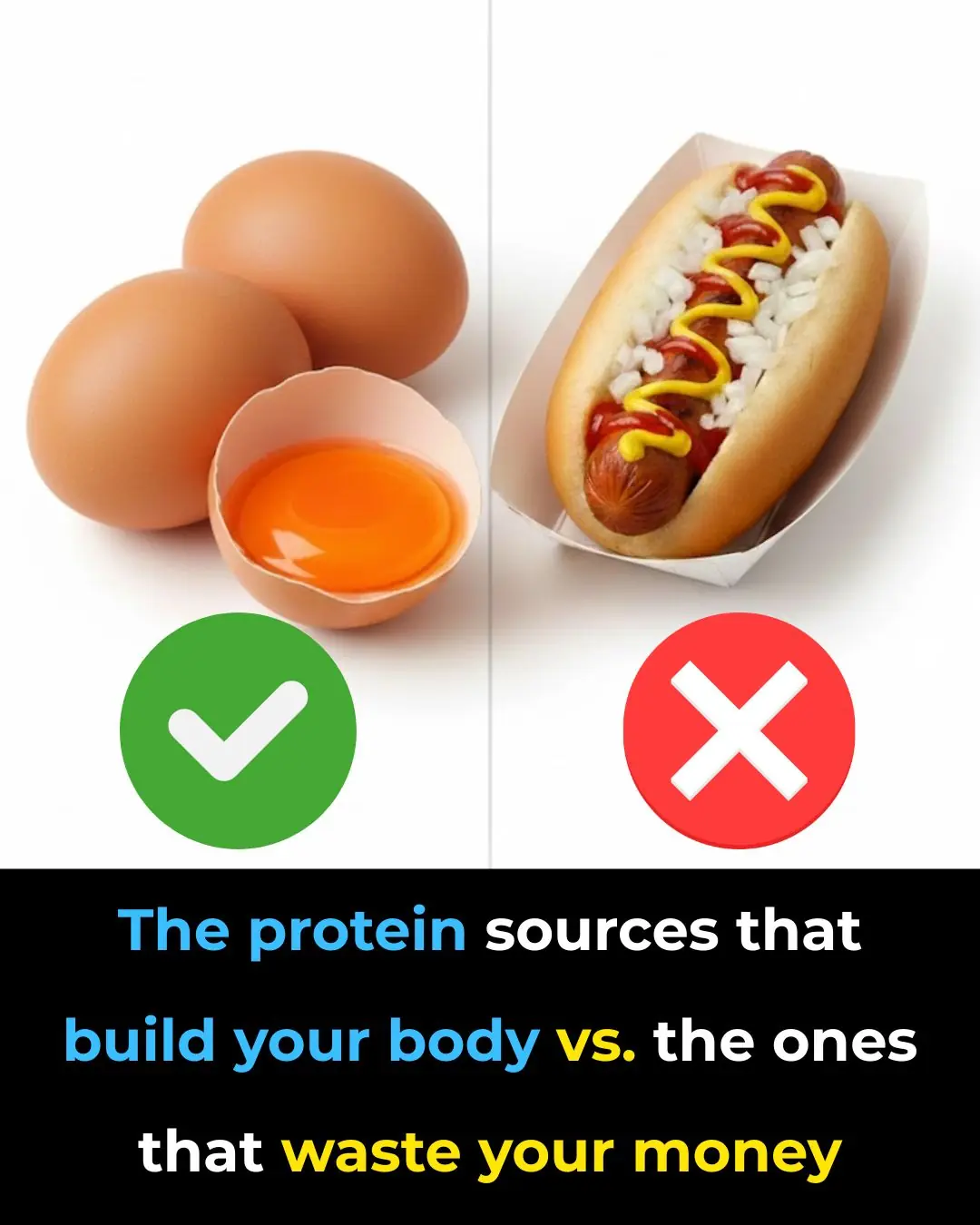
The protein sources that build your body vs. the ones that waste your money
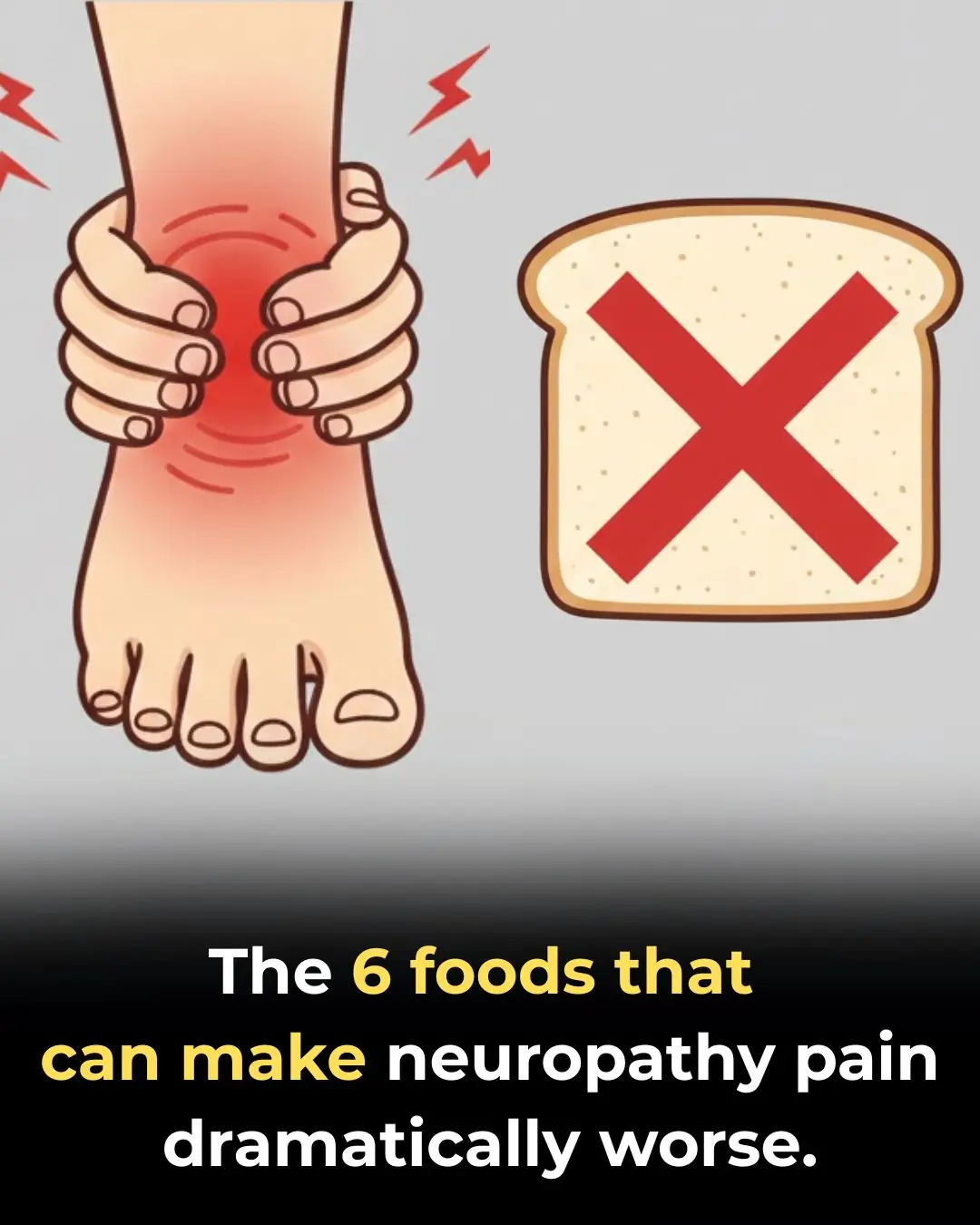
6 Trigger Foods That Cause Agonizing Pain If You Have Neuropathy

The 5 foods that quietly fuel diabetes — and what to avoid to help reverse it
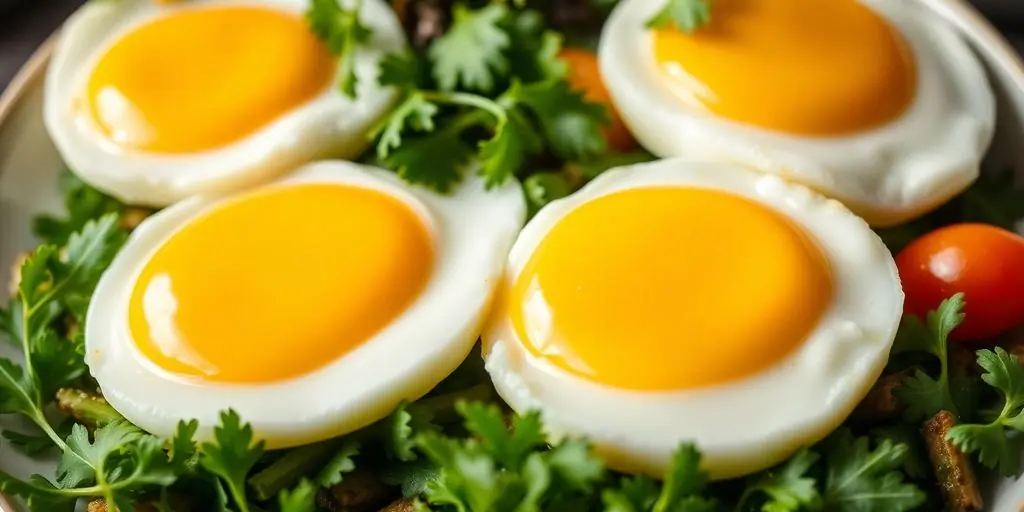
What if you ate 4 eggs a day with the yolks for 30 days
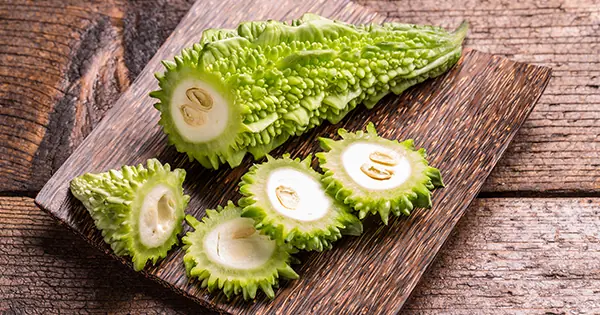
The Plant That Kills Cancer Cells, Stops Diabetes And Boosts Your Immune System!

The Ultimate DIY Clove Skincare Routine

Foods That Are Beneficial For Strengthening Muscles In Old Age

Why Staying Up Past Midnight Can Harm Your Brain
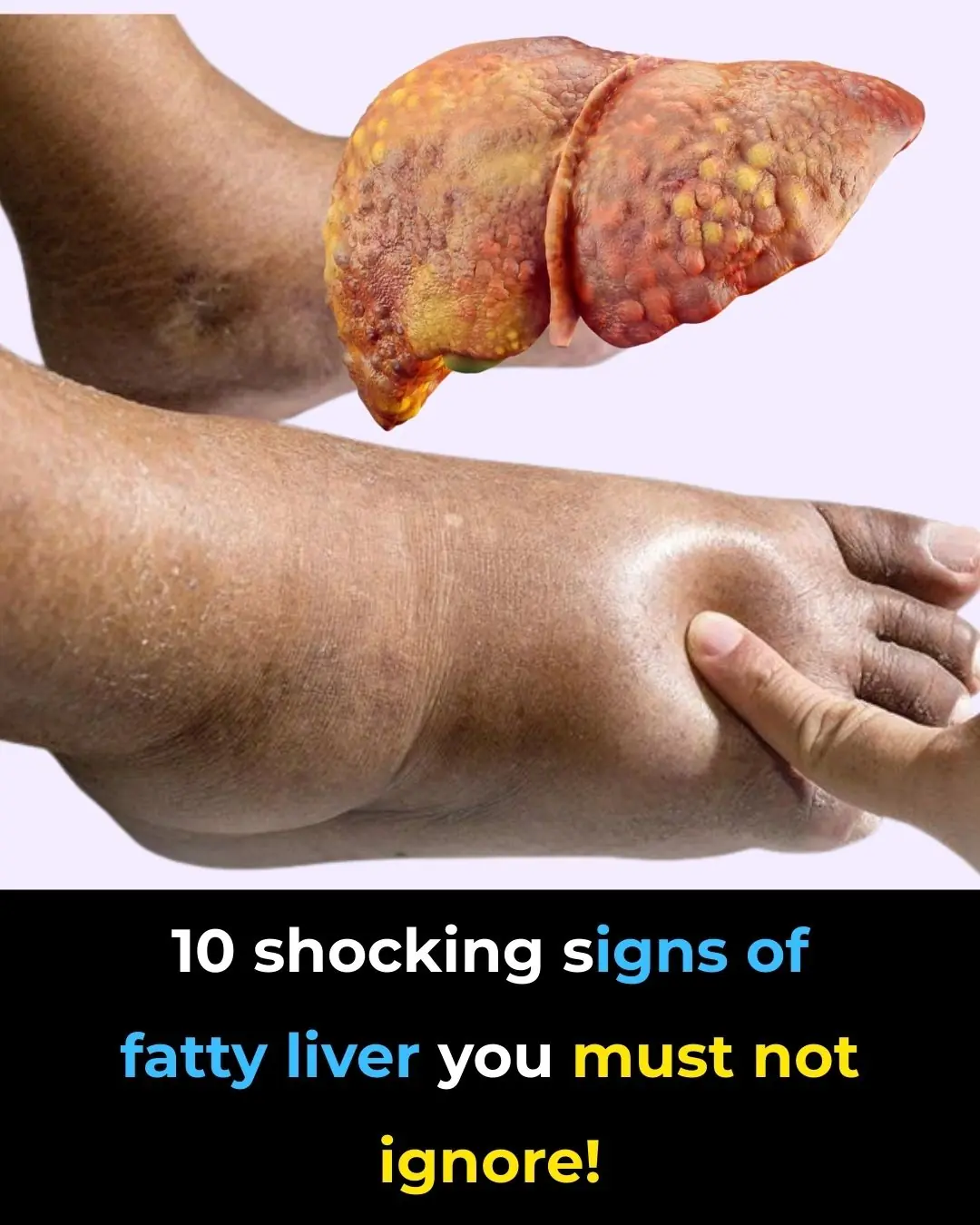
10 shocking signs of fatty liver you must not ignore!

The simple, natural method to relieve constipation and gas fast (no laxatives needed)

The 5 foods that quietly fuel diabetes — and what to avoid to help reverse it
News Post

First Person Cured of Type 1 Diabetes Using Stem Cell Therapy: A Groundbreaking Medical Achievement

Gray Hair: A Natural Defense Against Cancer, New Study Suggests

The Best Tea to Start Your Morning and After Dinner: A Powerful Blend for Wellness

Why Placing Borax on Wax Paper Under Your Fridge Works: A Full Guide

Young Student's Determination to Support His Education Inspires Viral Act of Kindness

Lavender Oil and Baking Soda: A Natural DIY Air Freshener Backed by Science (Full SEO Article)

MIT Scientists Develop Injectable Gel to Regenerate Damaged Nerves and Restore Sensation

How Attention Shapes Reality: The Neuroscience Behind Focus and Perception

From Fear to Trust: A Dog's Journey of Healing and Love

Cleaning the TV with tissue paper or plain water is a mistake. Use this to clean the dust and not scratch the screen
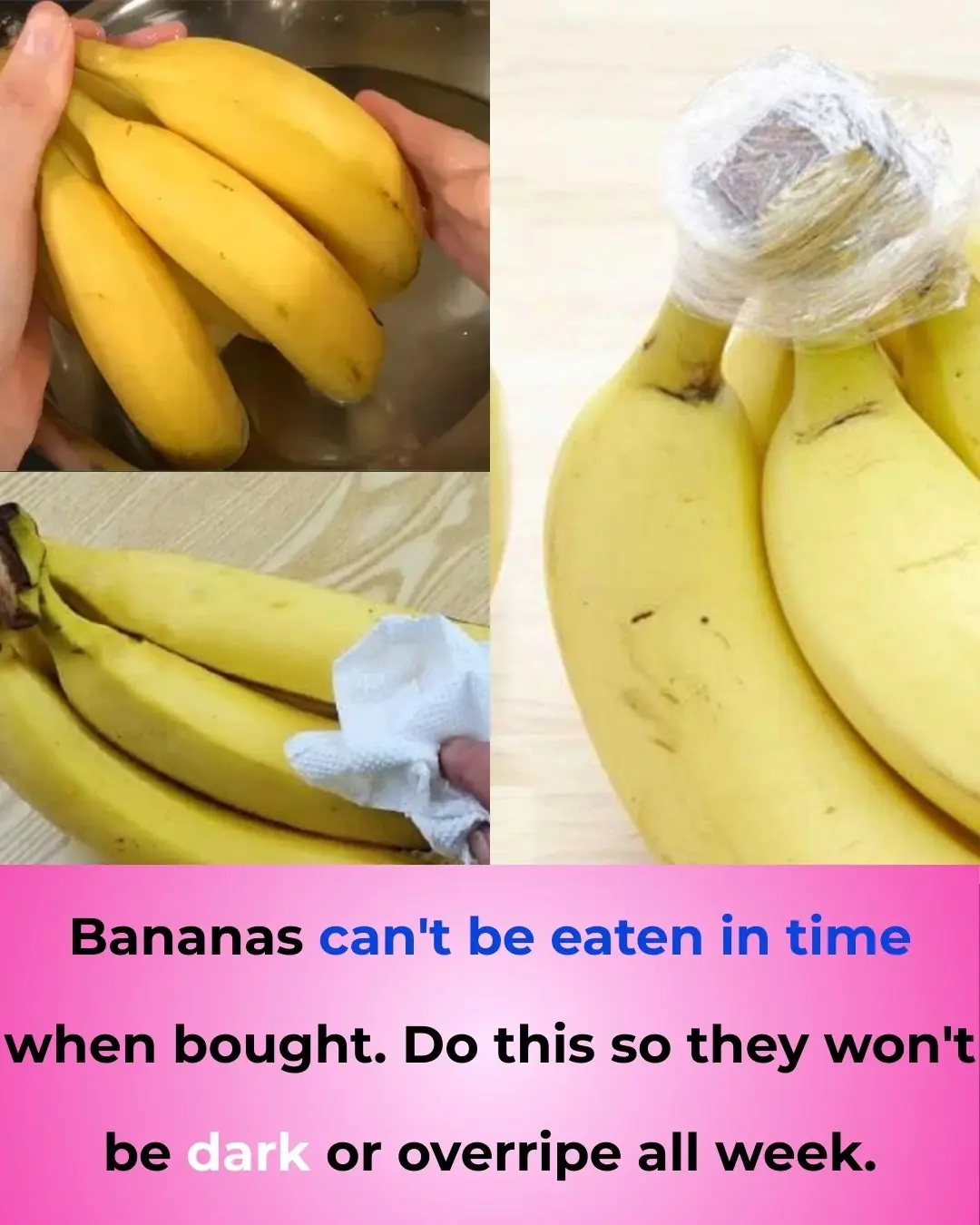
Bananas can't be eaten in time when bought. Do this so they won't be dark or overripe all week

A Powerful Mixture for Cleansing Your Liver (2 Ingredients)

Studies Link Soda To Depression, Kidney Damage, Heart Attacks And Brain Damage

The Plant That Kills Cancer Cells, Stops Diabetes And Boosts Your Immune System!

Frequent Daytime Naps Linked to Larger Brain Volume and Healthier Aging

7 powerful vitamins you need for strong, healthy legs

Study Reveals: Parents of Sons Experience Sharper Cognitive Aging

10 signs you’re eating too much sugar

Gallbladder removal: what happens next and 3 risks to watch for
